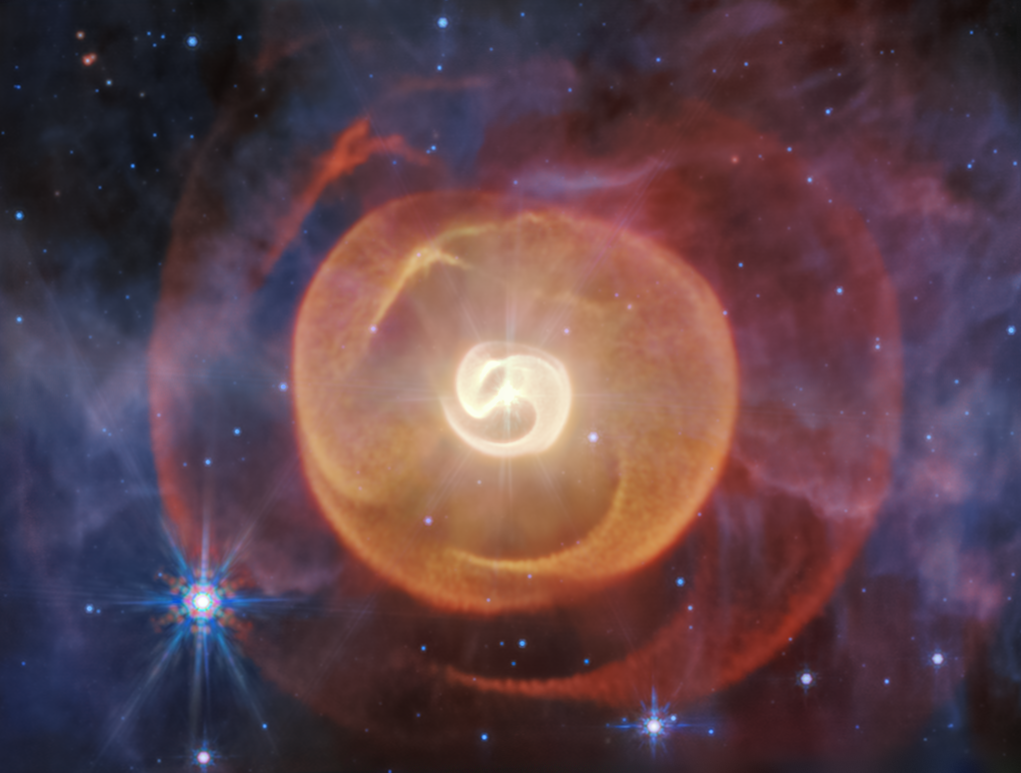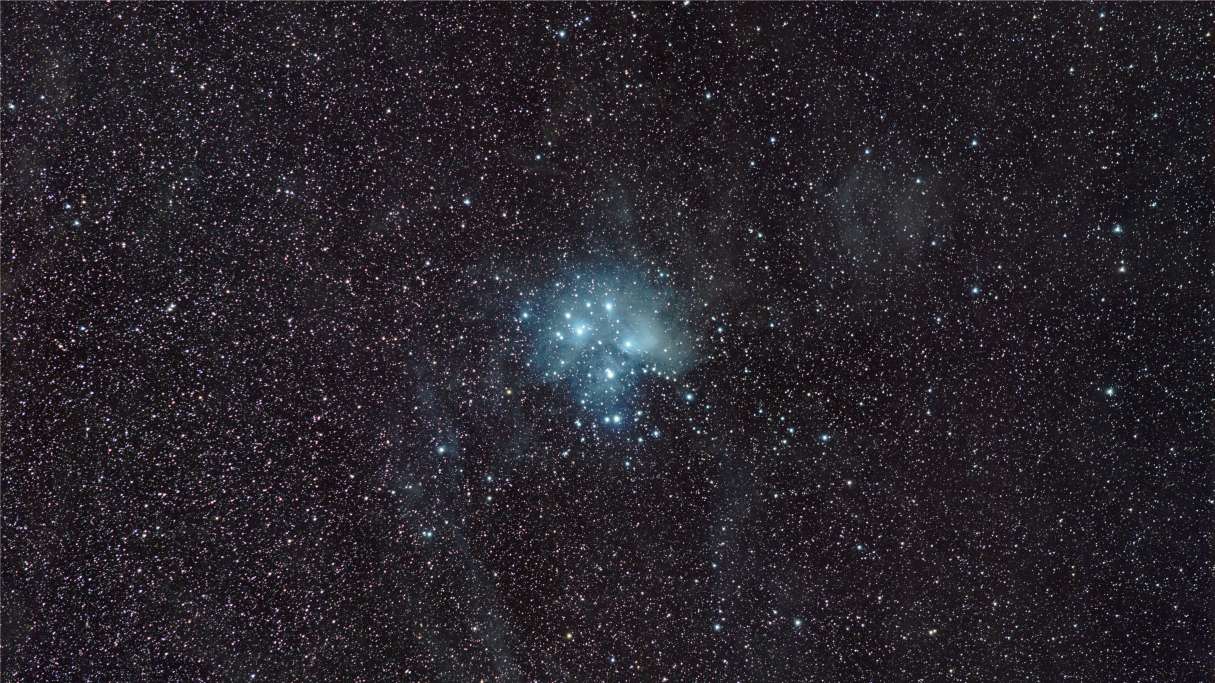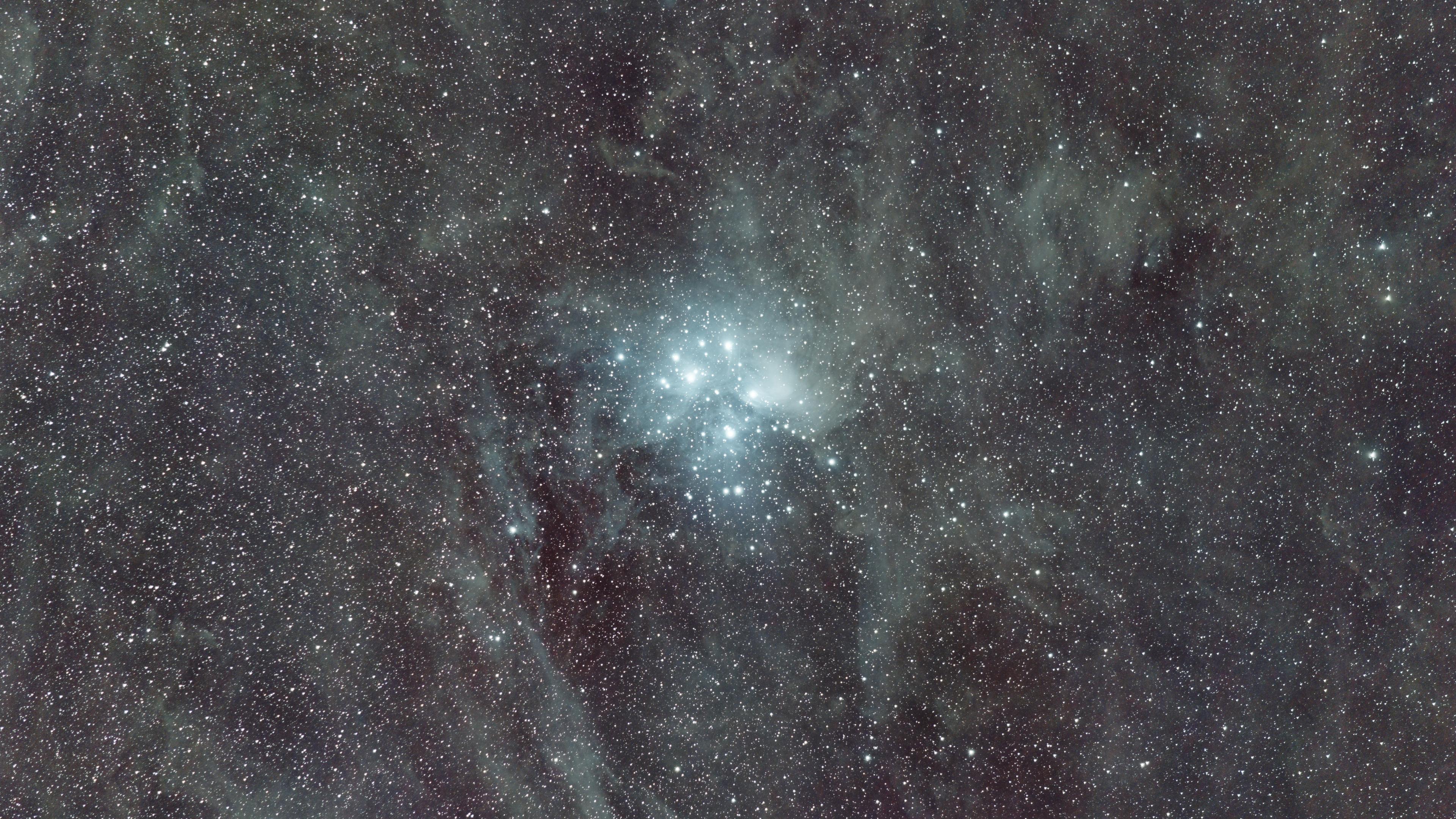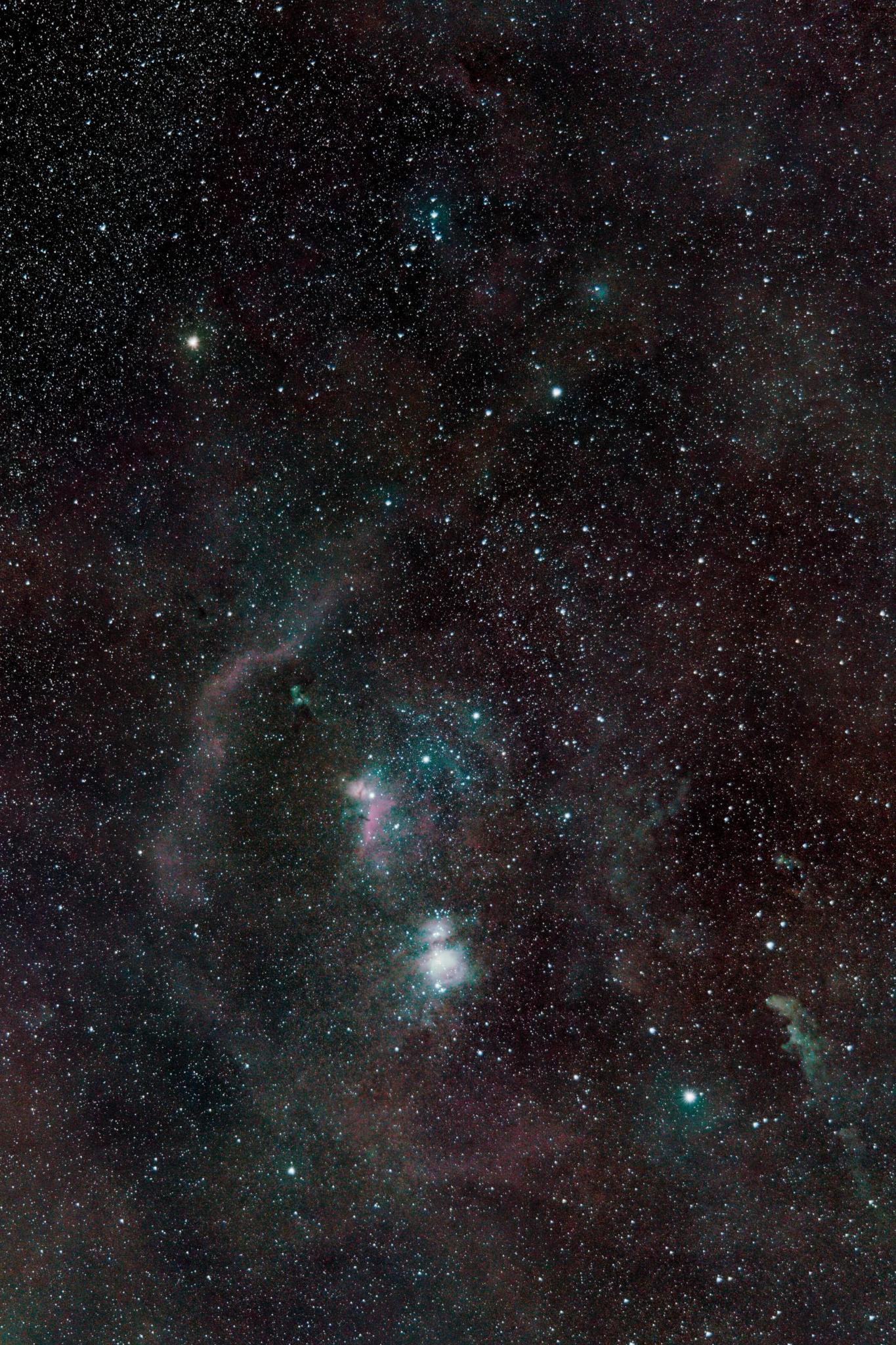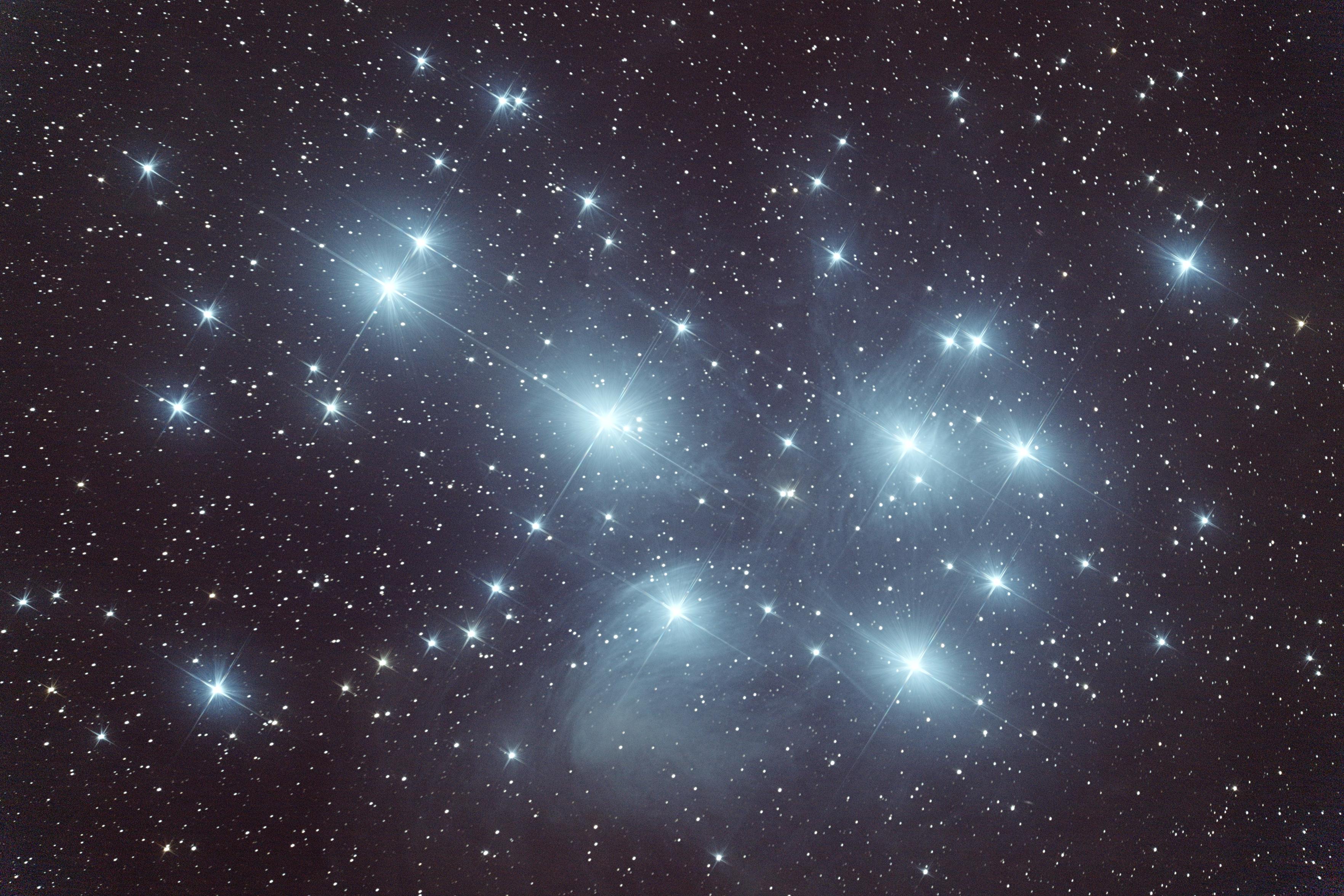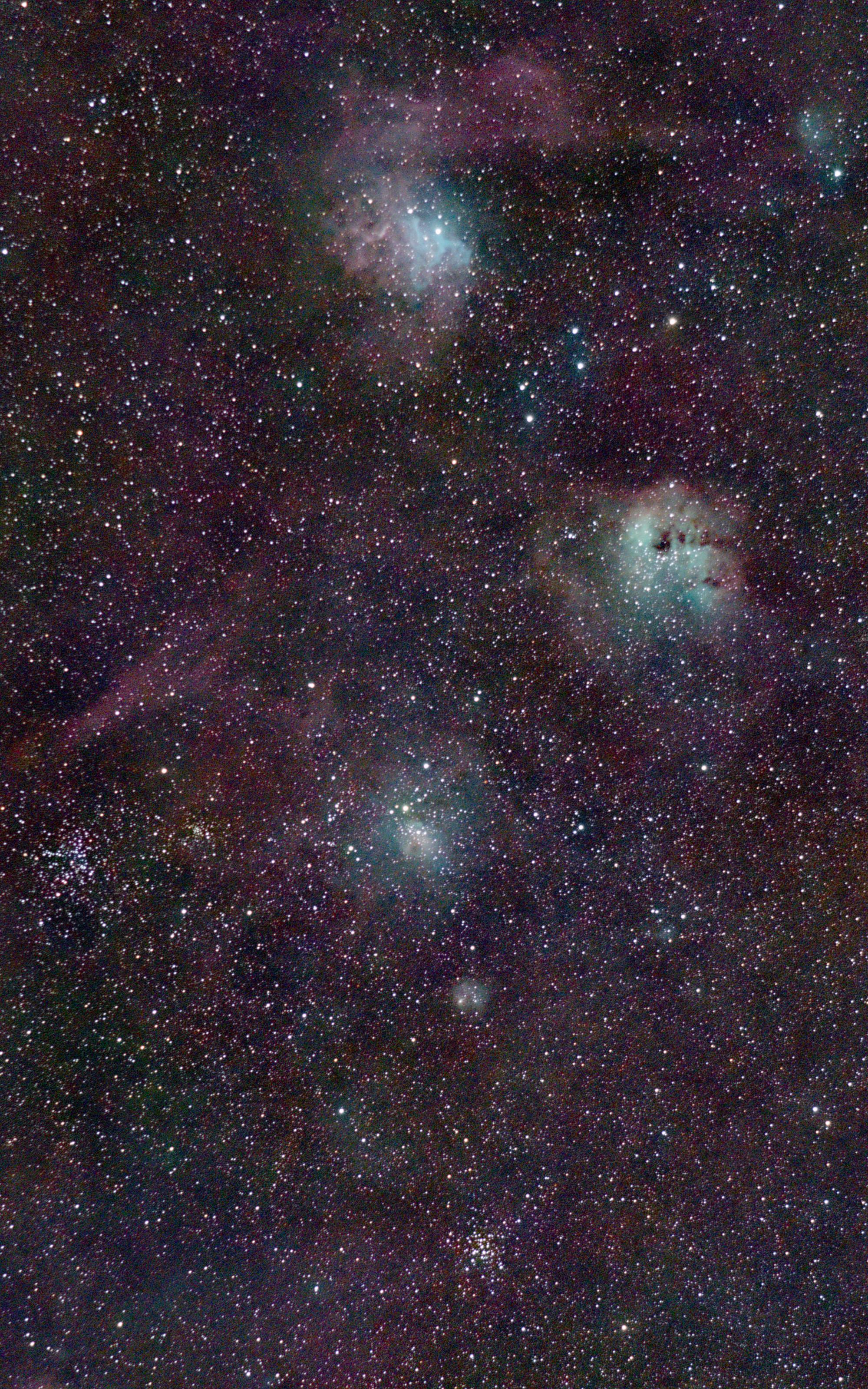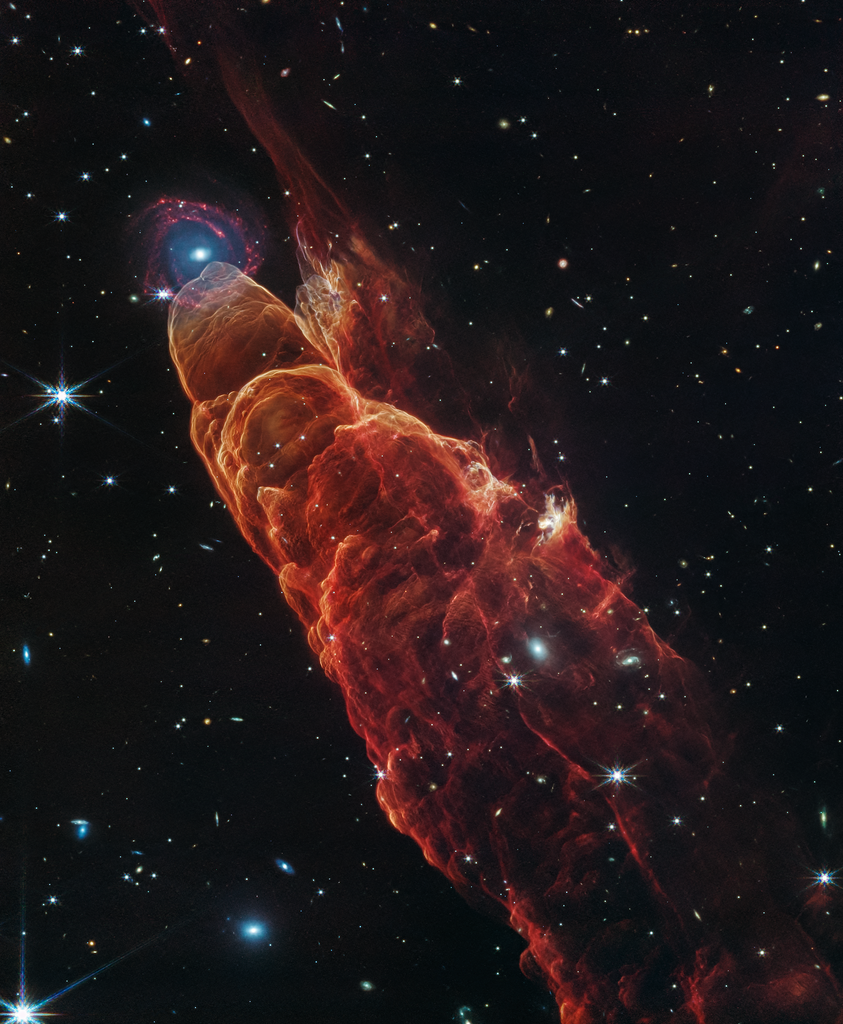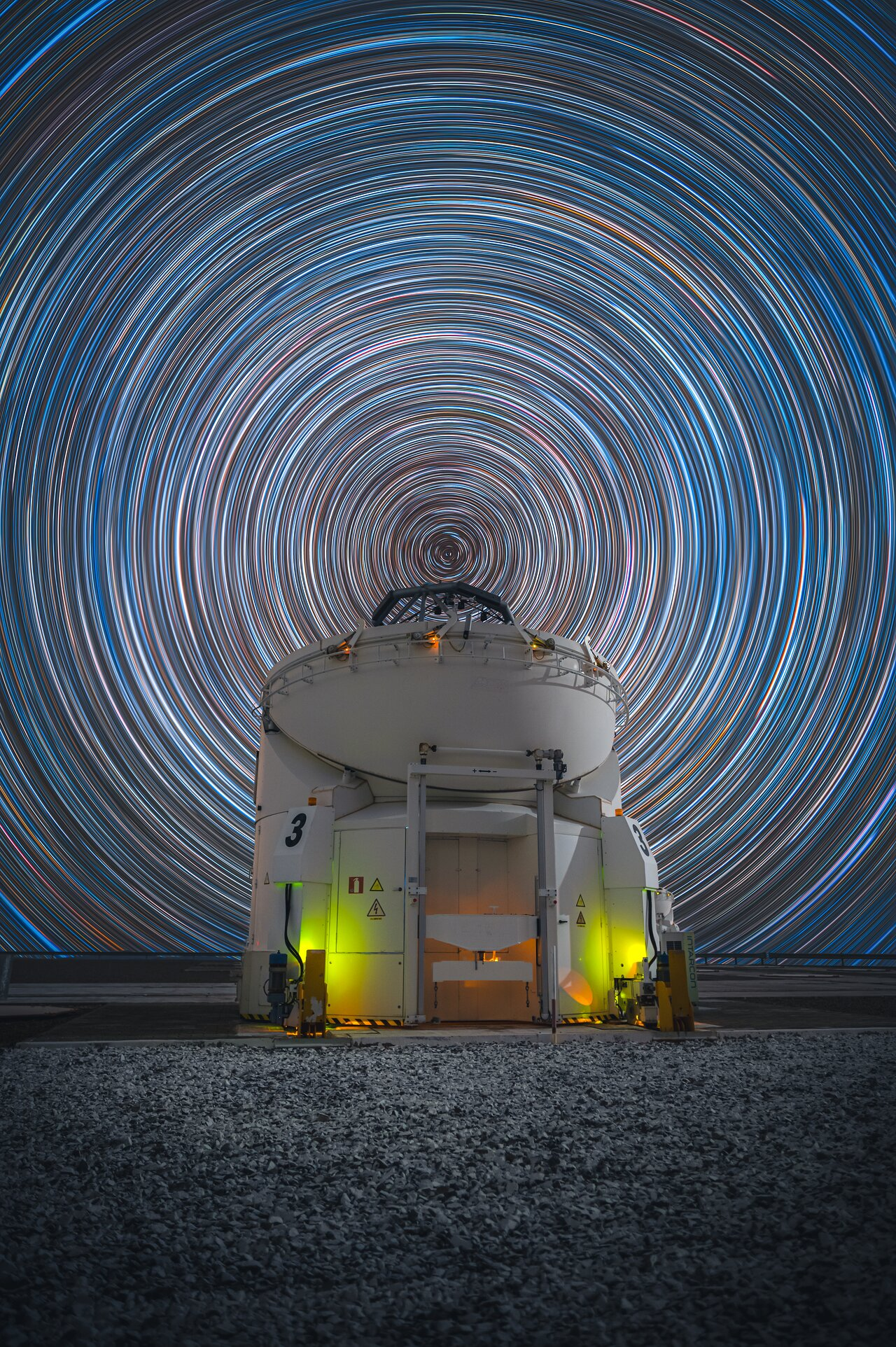2025 November 20
Alnitak, Alnilam, Mintaka
* Image Credit & Copyright: Aygen Erkaslan
https://app.astrobin.com/u/a.erkaslan#gallery
Explanation:
Alnitak, Alnilam, and Mintaka are the bright bluish stars from east to west (upper right to lower left) along the diagonal in this cosmic vista. Otherwise known as the Belt of Orion, these three blue supergiant stars are hotter and much more massive than the Sun. They lie from 700 to 2,000 light-years away, born of Orion's well-studied interstellar clouds. In fact, clouds of gas and dust adrift in this region have some surprisingly familiar shapes, including the dark Horsehead Nebula and Flame Nebula near Alnitak at the upper right. The famous Orion Nebula itself is off the right edge of this colorful starfield. The telescopic frame spans almost 4 degrees on the sky.
http://stars.astro.illinois.edu/sow/alnitak.html
http://stars.astro.illinois.edu/sow/alnilam.html
http://stars.astro.illinois.edu/sow/mintaka.html
https://app.astrobin.com/u/a.erkaslan?i=6igdue#gallery
https://www.gb.nrao.edu/~rmaddale/Education/OrionTourCenter/optical.html
https://apod.nasa.gov/apod/ap200919.html
https://apod.nasa.gov/apod/ap250902.html
https://apod.nasa.gov/apod/ap251113.html
https://apod.nasa.gov/apod/ap120119.html
https://apod.nasa.gov/apod/ap251120.html
#space #nebula #astronomy #science #astrophotography #photography #nature #nebula #NASA #apod

